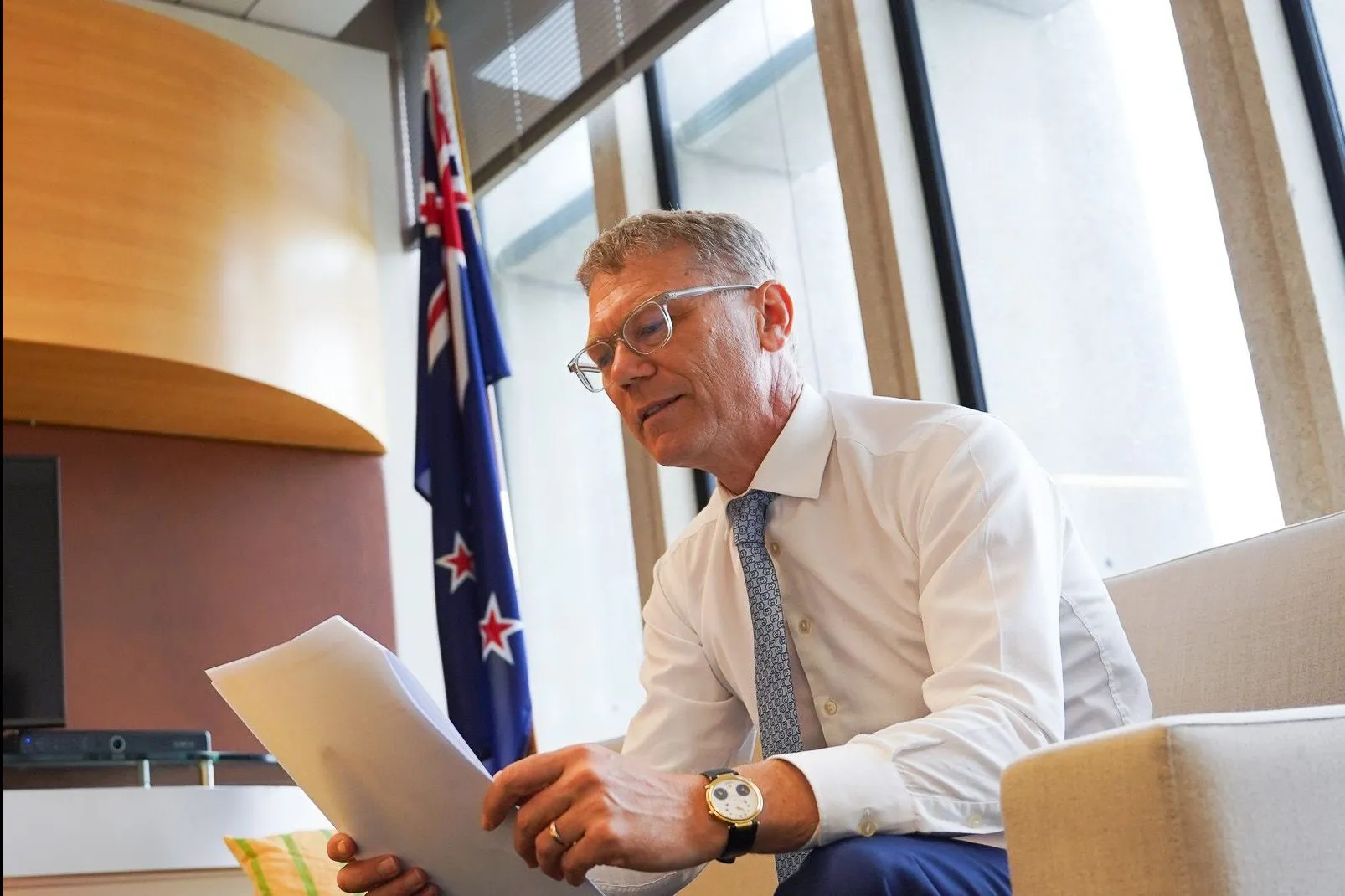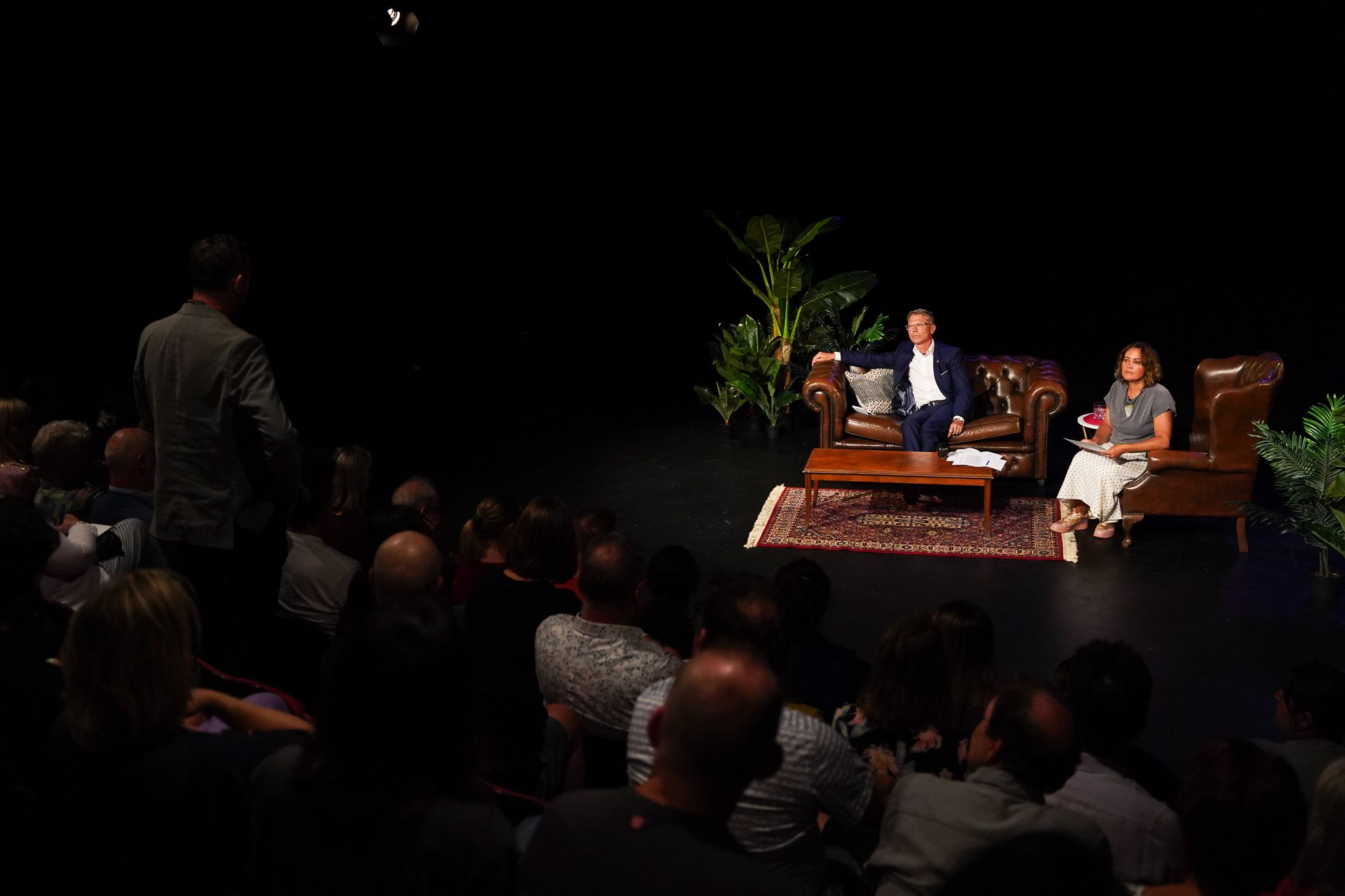Paul Goldsmith: It’s Time For An Arts & Creative Sector Strategy
The creative community have been calling out for it - now the Minister for Arts, Culture and Heritage is responding. See what Goldsmith sees as the priorities for the sector.

I was initially resistant to the idea often suggested to me that the Government should deliver an arts strategy.
The whole point of the arts and creativity is that people should do whatever the hell they want, unbound by the dictates of politicians in Wellington. Peter Jackson, Kiri Te Kanawa, Eleanor Catton and others who have made a global impact didn’t wait around for a glossy strategy; they just went for it.
That said, we must recognise that government, on behalf of all New Zealanders, pulls many levers that can help or hinder the broader sector. It could help to articulate a vision and a strategy to get there, so long as it’s enabling and not restrictive in any way.
In the spirit of crowdsourcing, here’s a first draft.
My vision is that New Zealand is as well known internationally for its arts and creativity as it is for its dairy products and beautiful scenery.
In telling our stories (in every which way) both to ourselves and to the world, we bring joy, pathos and drama, and deepen our understanding of how our unique culture and heritage fits into the wider world. And we can also make some money.
Four pillars of a strategy to get there would be: setting an aspirational target, ensuring the regulatory environment enables success, spending government money wisely so that it leverages further input from philanthropy and commerce, and thinking in terms of sustainable creative careers.
Our aspiration should be two-fold, in cultural and economic terms. It’s possible to measure and seek to grow the engagement of New Zealanders with the arts and creative sector, and we should – from kapa haka to ballet and dance, from school rock bands to the opera. Add to that a focus on excellence as well as participation. In economic terms, by one measure the arts and creative sector contributes $16.3 billion to the economy. Would it be possible to double the sector’s contribution to GDP and export revenue in seven years?

I was struck at a session with the music and theatre sector when one guy said the most useful thing you could do to help the music scene was sort out the impossible liquor licencing rules.
Government regulation can help and hinder the creative sector, just as much as it does agriculture and housing. It’s essential to remove regulatory barriers to success, and to ensure critical enabling legislation, such as Intellectual Property and copyright laws, are up to scratch. Remember also, most artists are self-employed or small businesspeople; we want some of them to become big businesspeople.
Third, the Government invests more than $500 million into the arts, creative, heritage and broadcasting sector.
Significant sums are spent on subsidising films. Obviously, we have to ensure that money is spent wisely, to get the best results. We also need to consider the big investment across local government, and the contribution of philanthropy and corporate sponsorship. Skilful government investment will leverage the other three, so that more resources are available.
Finally, any strategy worth its salt will consider how we generate and sustain a pipeline of talent. It starts with an education system that exposes all Kiwi kids to a wide range of arts and creativity, and inspires them. Māori and Pacific traditions are essential, as is Shakespeare. Skills training at the tertiary level can also include a measure of business guidance. And in our funding we need to carefully consider the balance between encouraging emerging talent, providing opportunities for mid-career professionals, recognising excellence, and supporting our key institutions that provide opportunities for the sector.
The plan over the coming months is to continue consulting the sector on a strategy. All ideas are welcome.